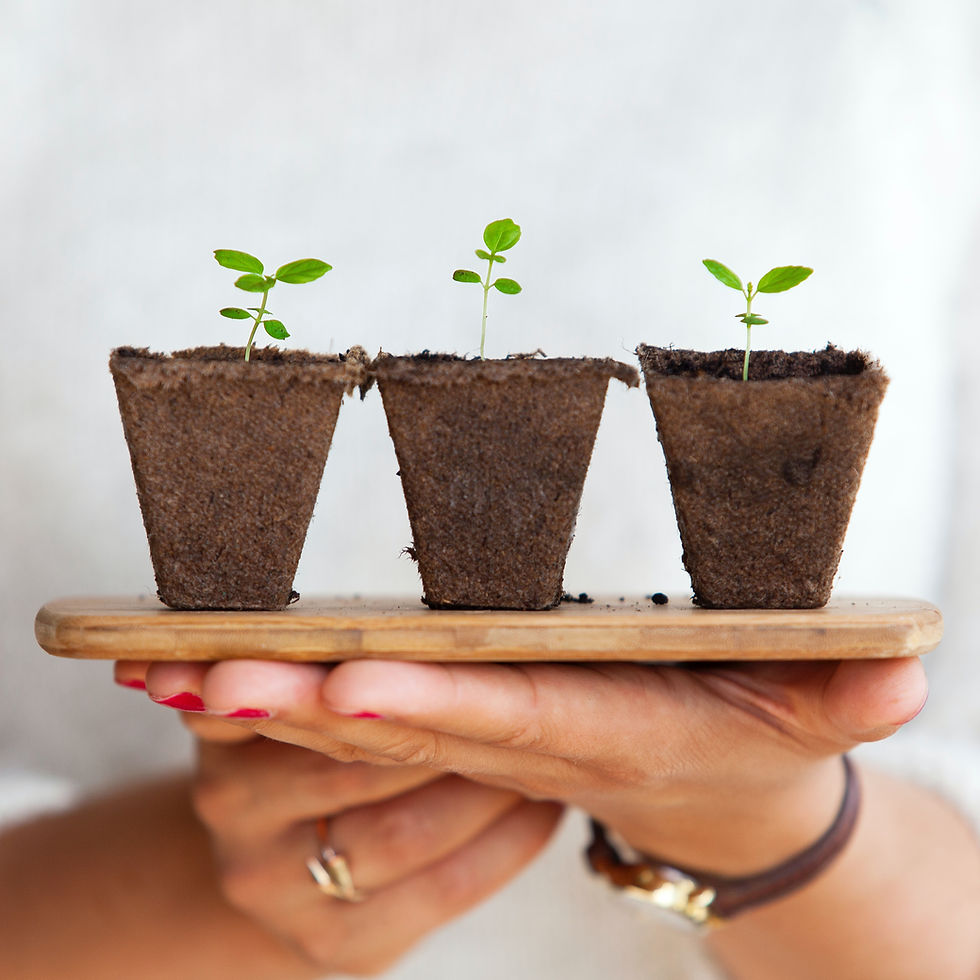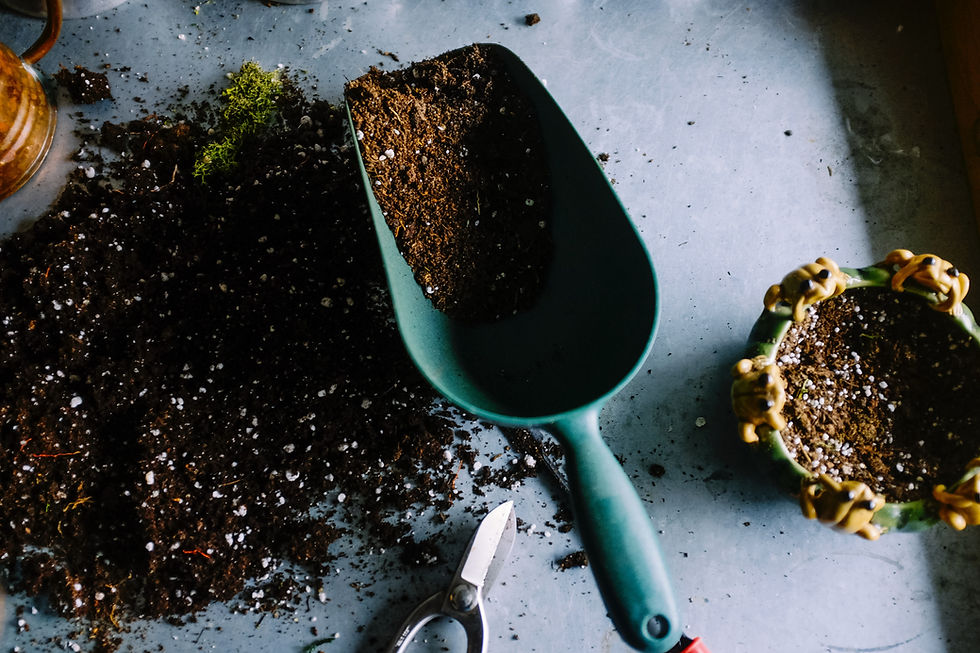Are You Making These Common Mistakes When Transplanting Your Seedlings?
When you have been nurturing seedlings indoors for the past few weeks getting to transplant time is exciting, but the last thing you want to do is waste all that time by making these common simple mistakes that can lead to failure in the garden.

Now remember even if your seedlings fail you can still plant various crops directly in the ground, so all is not lost.
There are a number of easy to grow herbs, fruits, and vegetables that actually prefer to be sown directly in ground like beans, lettuces, onions, carrots, radishes, peas, squash, watermelon, and many more.
Some plants are just better off sown directly in the garden and if you decided to start these seeds indoors with hopes of transplanting you may find it a bit more tricky.
Also the thing with transplanting your seedlings is that plants don't typically 'walk around' and when conditions change drastically in the soil or environment it can send your plants into shock making them stunted in growth or killing the plant all together.
So here are a few common mistakes you can avoid to make this whole transplanting thing a bit smoother for you in the garden.
Transplanting Too Early

One of the easiest mistakes to avoid is transplanting seedlings to soon before allowing your plants to flourish outdoors they require a gradual adjustment to their new environment with a process known as hardening off.
This acclimatization period of hardening off your plants usually lasts about 7 to 10 days and is easy to do.
You can take your seedlings outside for just a few hours on the first day and gradually increase their time outdoors, so that they'll be better equipped to handle sunlight, wind, and temperature changes.
Skipping this step can leave your seedlings vulnerable to shock resulting in wilting or even death.
Planting Depth Dilemmas

A common issue gardeners face is neglecting the proper depth when planting seedlings.
Most seedlings should generally be planted at the same depth they occupied in their containers.
However, certain plants, such as tomatoes, can actually benefit from being planted deeper. This encourages enhanced root growth.
Also when transplanting tomato seedlings bury them up to the first set of true leaves.
Meanwhile, different varieties of squash like to be planted in a mound because it allows for better drainage away from the main stem of the plant, so be sure to know what your plant prefers before transplanting.
Remember too that delicate roots require gentle handling, but its okay to gently loosen the roots and soil of your seedlings before transplanting, especially if they have formed a tight root ball.
Watering Improperly

Watering carefully is crucial at the time of transplanting and can make all the difference between succeeding and not.
Overwatering can suffocate the roots, while underwatering can stress the plant and hinder it's growth.
As a rule of thumb, water seedlings thoroughly, but gently at soil level right after planting.
This initial watering should settle the soil around the roots and provide essential moisture for their adjustment.
It's even better if you can time your transplanting to fall on an overcast day with light rain conditions in the forecast.
Also remember to continue watering your plants throughouly for the first few days following the transplant to allow for a better adjustment.
Neglecting Soil Quality

Don't underestimate the importance of high quality soil for your seedlings.
Soil health is the most important factor when your trying to grow your own produce.
Soil that is low in nutrients or lacks proper drainage can severely restrict root development leading to stunted plants, lack of harvest, and a failed crop.
I don't ever recommend planting directly in soil that hasn't been amended the clay soil found here in the south zone 8a. makes drainage a real issue and it will completely stunt your plants.
I learned this the hard way when I first began my gardening journey trying to plant directly in the ground different plants like corn and squash.
Yes some stuff would come up, but nothing ever matured as the poor soil quality completely stunted the plants entirely.
Also remember even if your planting in a raised bed make sure to amend your soil before each growing season by adding some compost and organic matter to boost nutrients, improve drainage, and create a better environment for your plants.
One easy way to add back nutrients into the soil before your growing season is to bury kitchen scraps directly into the soil, but this works best if you have your soil depth is around 24 inches, so that you can bury the scraps enough to not surface and draw pests to your garden.
Adding some red worms to your garden is also another great way to create a built in ecosystem where the worms not only help aerate the soil, but also process the food scraps and add back nutrients from their waste to your garden bed creating a closed system.
The Importance of Mulch In Your Kitchen Garden

Lastly, neglecting to use mulch can create problems for your newly transplanted plants.
By adding a layer of mulch around seedlings helps retain soil moisture, regulate temperature, and minimize competition from weeds.
Straw is a great way to add a layer of organic mulch to your garden that will break down entirely and help improve the soil over time.
You don't need a ton of mulch just 2-3 inches of mulch around your transplant will help to keep it happy.
How To Have A Successful Garden For Beginners

When your new to gardening know that each year will present its own challenges and this is part of what makes gardening fun and exciting.
Sometimes you have big wins and at other times big losses, but it's all about starting where your at and growing from there.
Never get discouraged by your fails, every year you can improve and before you know it you'll be able to confidently grow your own herbs, fruits, and vegetables from your backyard.
Also by being mindful of these common mistakes when transplanting your seedlings you can greatly improve your chances of growing a thriving garden.
Remember the key strategies are to harden off your plants, ensure the right planting depth, water them carefully, improve soil quality, and don't skip the mulch.
With these practices, you'll be on the path to enjoying a successful and flourishing garden this year.









































Comments